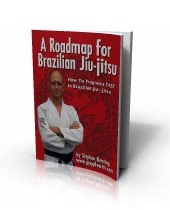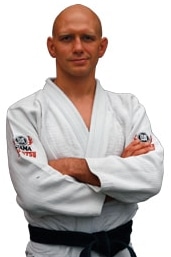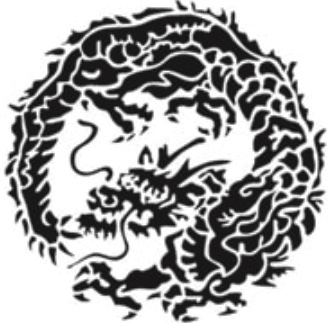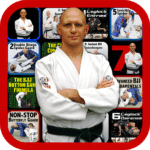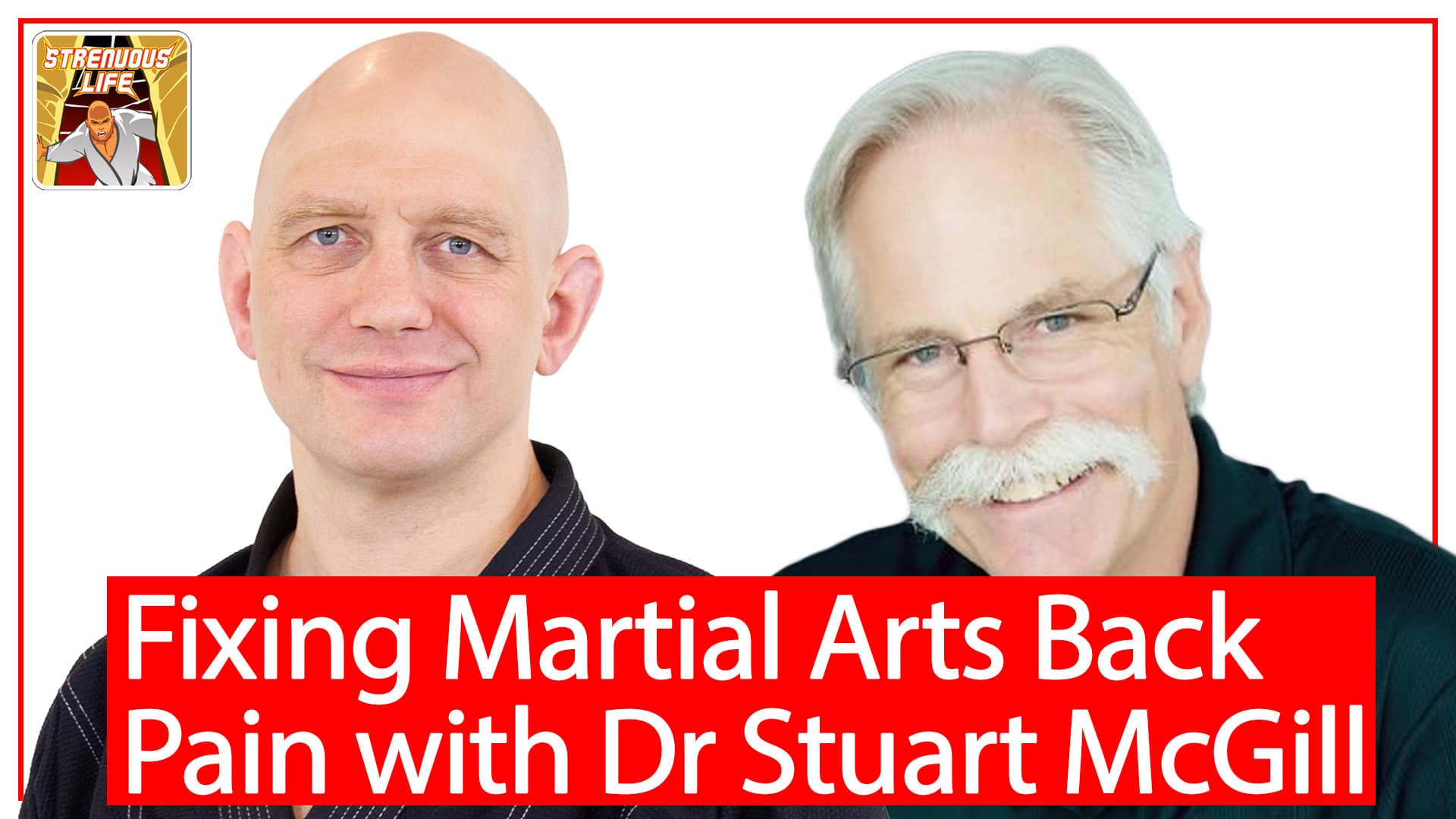
Back pain is incredibly common in sport, including all martial arts and combative sports. That’s why I was thrilled to talk to Dr Stuart McGill, one of the world’s leading experts on back pain.
Dr. McGill is considered to be one of the world’s foremost experts on the spine, back pain and rehabilitation. He is an author, scientist, clinician and was a professor emeritus at the University of Waterloo for 30 years. His labs did research into the mechanism of back pain and rehabilitative processes for everyone from athletes to everyday citizens.
His work has resulted in more than 300 peer-reviewed scientific papers, international awards and 3 textbooks. He is highly sought after in the sports world for his expertise and has led many ground-breaking research studies in his field. He has taught thousands of clinicians throughout his years of leading continuing education courses worldwide. He is currently serving as the Chief Science Officer at Backfit Pro and has worked to improve sports performance with countless athletes from almost every sport (including BJJ and MMA)
His book, “Back Mechanic: The Step-by-Step McGill Method to Fix Back Pain” has become a classic manual for living a painfree life and “Ultimate Back Fitness and Performance” is a guide for many coaches to bring their athletes up to the next level of performance while avoiding a debilitating back injury
I quizzed him about spine health, preventing back pain and fixing spinal injuries, especially in the martial arts context.
Here’s the video version of our conversation. The audio version and some excerpts are also below…
Injury is the enemy, and avoiding injury is the key to a long and successful athletic career, so I hope you enjoy this episode!
Here is just a little of what we covered today…
00:30 – How to become a world class expert in spinal mechanics and back pain
08:04 – Studying spines in the lab and what that tells you about spines in athletes
13:56 – Disc herniations and back pain
19:30 – Dr McGill’s work with Olympians and elite athletes
23:48 – The athleticism of MMA fighter George St. Pierre
29:43 – Principles for avoiding back pain injury
34:27 – The power of the neutral spine
45:12 – The advantages and dangers of developing power through spinal rotation
50:52 – How elite strikers hit so hard
54:16 – Posture and spinal position in jiu-jitsu
1:00:55 – Hip morphology and leg flexibility of great jiu-jitsu fighters
1:05:54 – Books and other resources by Dr McGill
Injury is the enemy, and avoiding injury is the key to a long and successful athletic career, so I hope you enjoy this episode!
How to Listen to the Audio-Only Version of this Podcast Episode Featuring Dr Stuart McGill
1) I’ve released this as episode 301 on my podcast (The Strenuous Life Podcast) which you can listen to on all podcast players, including the following popular platforms and apps…
2) If you don’t have a preferred podcast player you can can listen on the Grapplearts BJJ Master App which you can download for free for iPhone and iPad in the Apple App Store here or for Android devices in the Google Play Store here.
3) Or you can stream the audio right here without leaving the page by clicking play below…
On Becoming a World Class Expert on Spinal Mechanics
SM: “Well, certainly if you would have spoken to my high school teachers, they never would have predicted anything like this… It was certainly a journey which I didn’t know where the destination was… You were asking, “How do you do it?” My initial response to that is attitude, like so many things in life. I am very interested in the things I am interested in and you work to become a master of the craft.”
On Assessing Spinal Injuries
“I set aside two hours to see a spine patient. And my medical colleagues would say to me, are you crazy? What are you going to do for two hours? We spend 10 minutes with a back-pain patient. And do you know, Steven after, after the first year, I increased that time to three hours because it was that length of time that’s required to, for the first time, listen to that person’s story, do pattern recognition, and then hone the tests that will reveal what truly is the pain mechanism or reasons from an underperforming and whatnot. And they’re highly related.”
“Assessment is king. A very thorough assessment will link with precision, the mechanism and the paint. So, it may that someone has gone to the MRI first. So, if you go to the orthopedic surgeon and you walk in the office, chances are your MRIs are already on the screen. There are institutes in the U.S. where you send your MRIs in and they will determine whether they will operate on you or not. This is just awful medical practice. In my view, you always assess the patient first… I’ll do an assessment and I’ll write in my report. “X person has an under hooked nerve root on the femoral nerve root at L three, right-hand side. They go to surgery and the surgeon read my report and he said, McGill, how did you know that the femoral nerve group is under hooked? I said, because that’s what the assessment showed. When I drifted the head back, the pain got worse in the front of their thigh…
“So that’s the first half of the story. The second half of the story is this: let’s say you’re a firefighter and you go to a car wreck, but how do you know all the damage in the car was done at that time or if the person who’d been driving around with a bashed in car for the last five years. You don’t know from the MRI. The MRI shows the entire history of that person’s life. All of the old scars, 30 years ago they did something to their back, but it’s a scar. It doesn’t cause pain. But a wound that was caused last week is active and a pain generator. So now you’ve got to be savvy enough to know what are wounds and what are scars. How do you do that? You do that through the assessment of the person to really lock down what is their current pain mechanism today, only then after that you go to the medical image and determine whether that’s an active wound or an old pain-free scar. So, I come right back to the assessment is king.”
It’s Not “No Pain, No Gain.” It’s “No Pain… then Gain!”
Dr. McGill has treated Prime Ministers, royal family members and Olympians across every Olympic sport. He is adamant that for recovery, the main focus needs to be on getting out of pain first.
“Too many people are unsuccessful because they believe that they can still train and get out of pain all at the same time. Most of the time, that is a fallacy. Number one is to get out of pain, then you can morph that goal into performance training.”
On the Hitting Power of Georges St Pierre
“In that study with George (GSP) we measured the neurological gift that those fighters have. In other words, when we measured who hits really hard in the UFC, it’s not the guys with the big muscles. Big guys tend to spread out the impulse and they push their punches. This is contrast to the pulse strikers: first they relax to get the speed. Then they pulse, hip turn, hip turn, hip turn and crash! At the time of impact comes a second pulse. So, when George hits you with that jab, trust me, you’d rather be hit by a Honda because that is 177 pounds of stone that comes through at that instance of impact. We were the first to document the neurology of pulsed strength, and look out, because those are the guys who can knock you out. From any angle.”
How To Avoid Injuries and Re-injuries
“The key principles to not be injured or reinjured depend on the individual. What was their previous injury history and what was their mechanism of pain?… In a more general answer, eliminate the weak links…. And not only does that enhance your performance, but it increases your resilience. Instead of letting one part of your body carry 101% of the tolerance and then another part carrying 70%, let’s do a little technique change and bring them both up to 95%. You’ve got a more resilient, higher performance.”
The Power of the Neutral Spine
“If you want the spine to be resilient as it possibly can, it’s strongest when it’s close to neutral. The more spine power you create, the less your resilience.”
“We take an athlete to their failure point to understand why they get tired when they get to the end of the endeavour. You’ll see a compromised mechanism… Give me an athlete who has pain and if it is associated with a sport that requires twisting… and then immediately we will give them a mechanical antidote.”
*When discussing how he helps his patients with mechanical changes to improve the movements they need to execute, Dr. McGill spoke this wonderful piece of wisdom. I am basically teaching them how to cheat. But that is what sport is. It’s cheating through technique to enhance effort.”
Long Term Pain for Short Term Benefit
The situations when spinal rotation is necessary and how to diminish its negative impact
SK: “I’ve seen pictures of you canoeing… and I’ve done a ton of paddling, especially, back in the day, doing a lot of white-water paddling. And essentially, you’re sitting a little tiny canoe, where your hips are locked into a saddle and, your power’s coming from your spine rotating, right? The more you twist forward, the more spinal rotation you get, the better your form is. And the more power you’re generating. You can’t get enough power just using your biceps and your lats without moving. So, what’s your hack there? Because by not rotating your spine, you are getting less power, which you need, right? Or is this a case of long-term pain for short-term benefit?”
SM: “There are several strategies… Did they act as an athlete, 24/7, building capacity to have more pain free reserve for when they are in the kayak?… (You can) Build more capacity through practicing appropriate spine hygiene and exercises to address whatever existing deficits there are… Let’s consider the athlete (a power lifter) that was limited at 12 reps, who broke form and their brain shut down the neural drive (forcing them to fail the next rep). That means they still have more strength if they didn’t make the movement mistake. So, then we’ll put a load on their back and we’ll teach them to squat. And then I might perturb the load. I’ll put a hanging a dumbbell on it with a with a band… then I’ll swing it… I want to see them correct that load.
“Their former self corrected it through their spine. The new self learns how to become a leaning tower… bigger feet, press the toes, work the heels for the needs for the hips and migrate the corrective strategy to correct that thrust line error with a body part that isn’t the one that’s going to hurt. So, there’s another universal principle that I might take through any sport, including white-water kayaking.”
SK: It seems you have two solutions to this issue. And the first is kind of the idea of a damage budget, where you have a certain amount of damage to yourself so you might as well do all that damage in your sport and not use up your damage budget by slouching… And the other is about building capacity through core training, is that correct? “
SM: “Well, it might be core. It might be neurological training, which is what we were talking about there. So again, I don’t know where my brain is going to go. It’s based on the assessment. Once we finish the assessment, we write down our priorities and that might be just simple technique. Neurological adaptations are all about creating muscle memory. You want the muscle memories, or at least the default memories that the athlete goes to when they’re tired to be the most conserving of the existing injury as possible…”
The Power of Posture
SK: “In jiu-jitsu there is this idea of posture, where your spine is nicely aligned. If you and I are grappling and you managed to turn my neck one way and turn my hips the other way, you’ve hugely reduced my ability to get out of that position and made it much easier for you to submit me. The same is true in Muay Thai, if you can bend my head…
SM: “Of course! It’s in arm wrestling. That’s in every sport. And you know, there are physical therapists who say posture doesn’t matter! And I just have to shake my head and say, oh, would you please come into the octagon or onto the mat or something. We’re going to get a very modest looking person who is going to have you crying like a baby in two seconds, who knows how to break you. And then they they’ll say this to back pain patients! So, posture doesn’t matter… Are you kidding? The world will break you.”
Are There Inherently Dangerous Activities?
SK: (Speaking about inverted positions and the load on the spine) “…even if the person has a very powerful bridge. They do it mostly through the hips, but they also involve their spine. And of course, with inversion, there’s a ton of spinal flection. Are those just inherently dangerous motions?”
SM: “…no, no, no, no. Steven, there’s nothing that’s inherently dangerous. No.
Load consists of
- Magnitude
- Duration
- Frequency.
And load is mitigated by rest and adaptation.
So, it just means that the exposure, that demand, is bigger than what the person is capable of. That’s what’s dangerous. So, it’s a mismatch… That’s what makes things dangerous. The person was ill prepared perhaps and they hadn’t created the resilience in their body to meet whatever that demand was.”
GSP and his Impact on the UFC Community
Dr. McGill, who has worked closely with George St. Pierre, had this to say about the UFC icon.
“He is one of the best student martial skills. He has one of the most disciplined minds. He is an absolute professor when it comes to working to understand the why and where of all of these crafts. And the other thing that I will say, in the era that he was fighting, not once, did you hear him trash talk his opponent. He did more for the UFC in terms of making this main stream and giving it class. Remember when (UFC) first came out, it was human cock fighting. That’s what so many people called it. Governments had banned it. And it was people like GSP that gave such grace and intelligence to it all. And they changed a lot of people’s minds.”
How to Stay in Touch with Stephan Kesting
I hope you enjoy both this and other episodes of The Strenuous Life Podcast!
The single best way to stay in touch with what’s going on with The Strenuous Life Podcast, the Grapplearts site, and everything else is still my email newsletter.
Sign up for free at by entering your best email address in the box below…
Cheers!
Stephan Kesting
